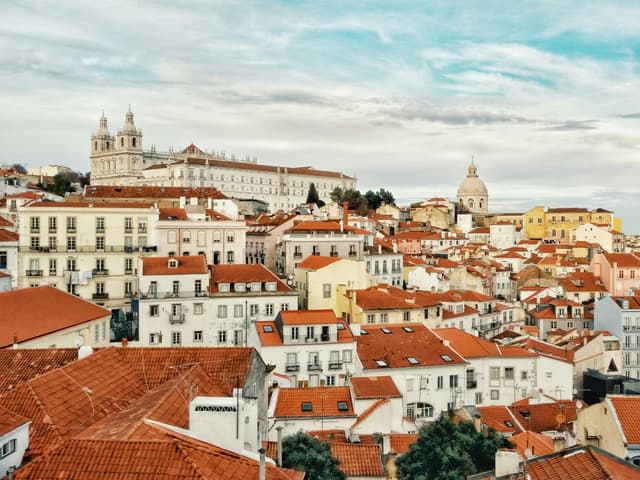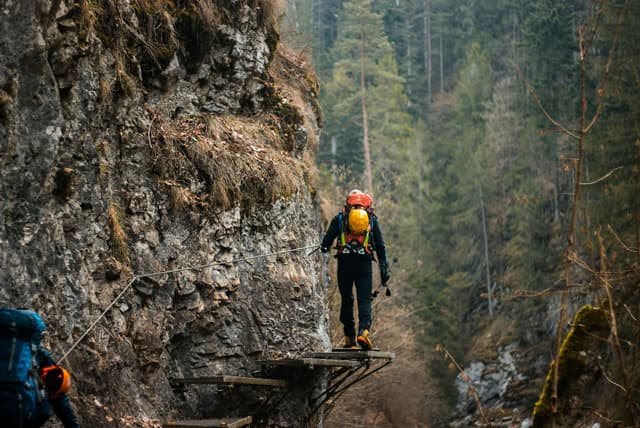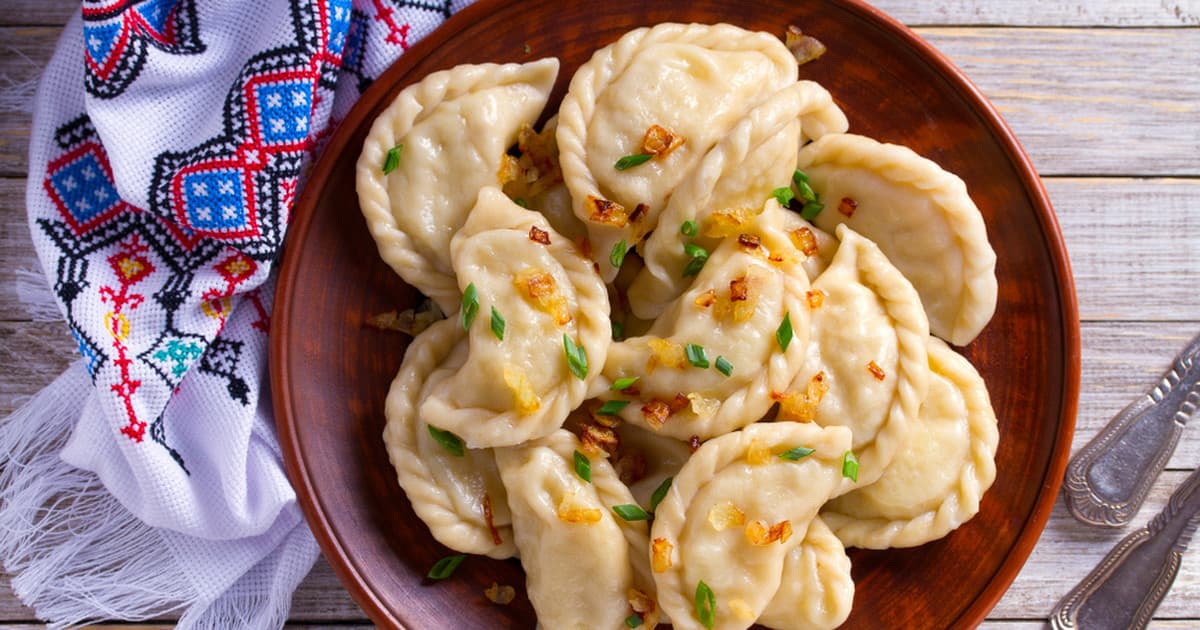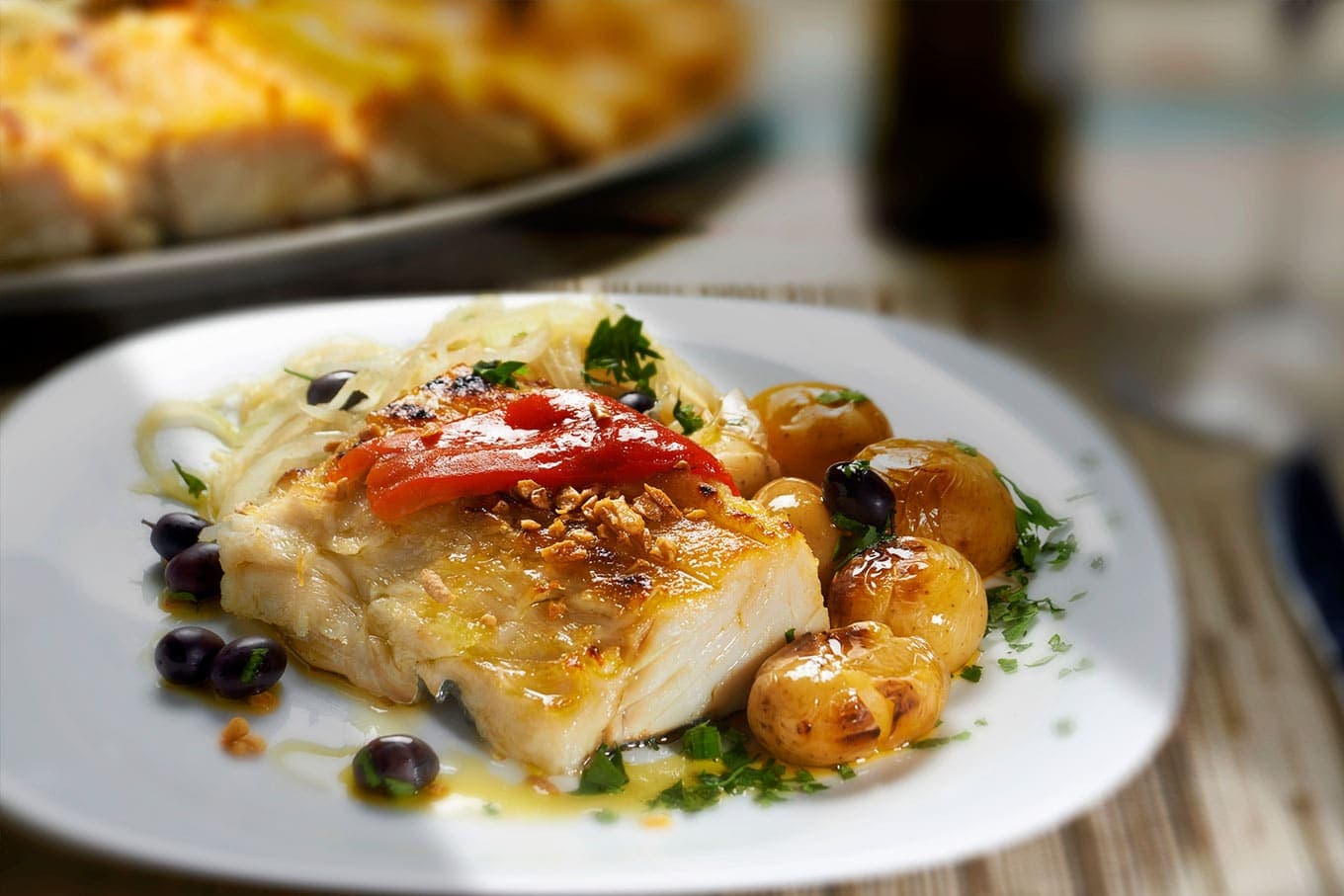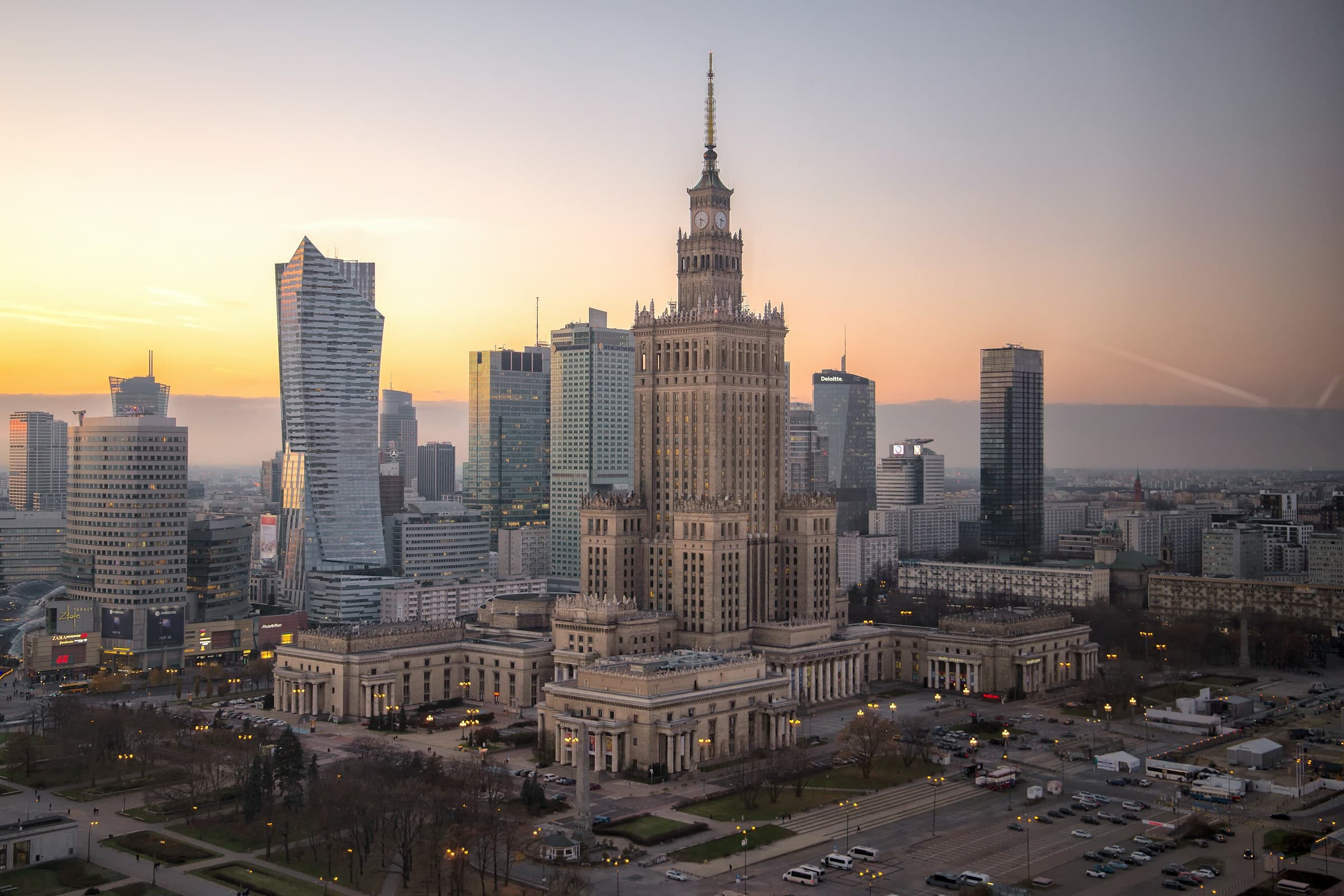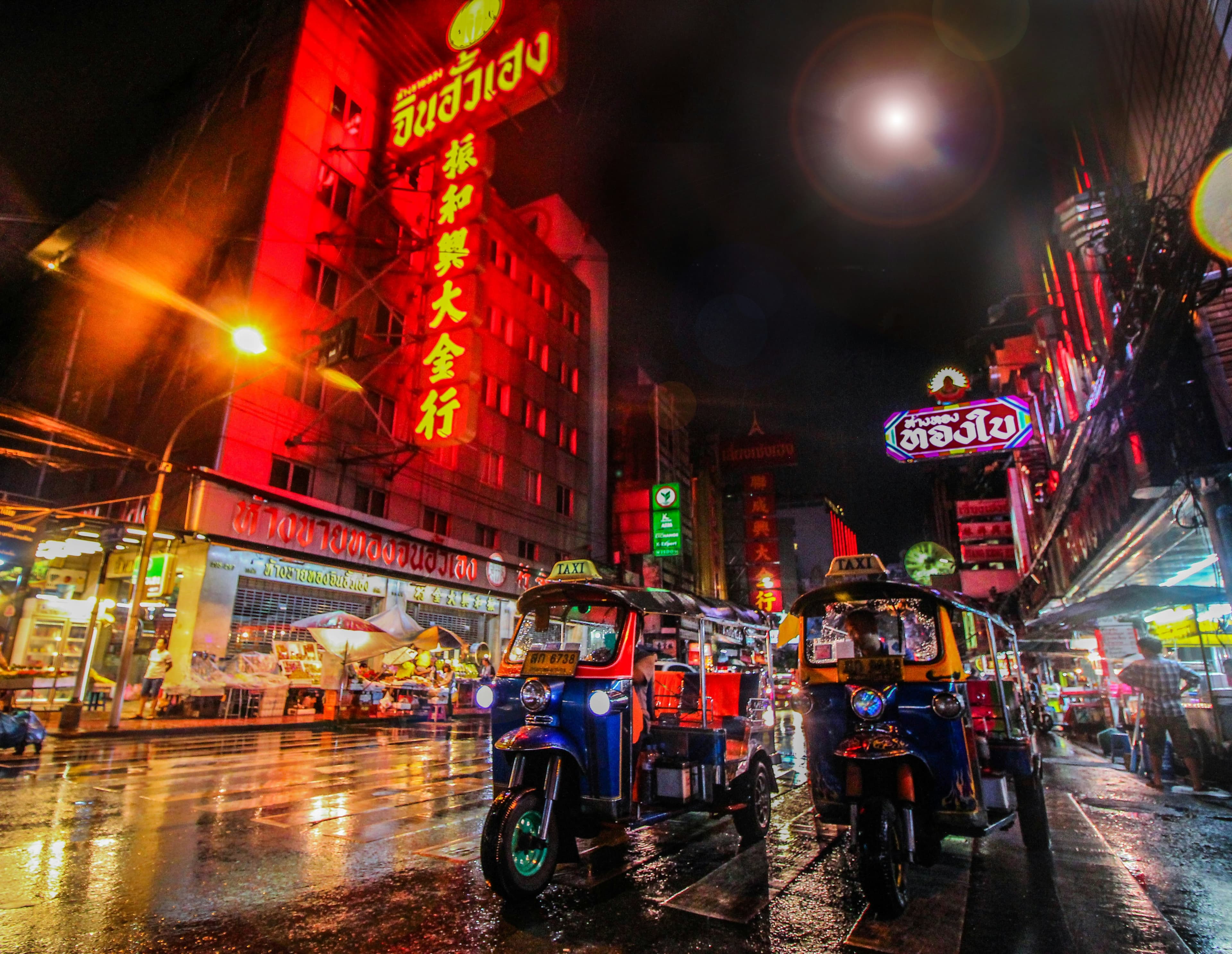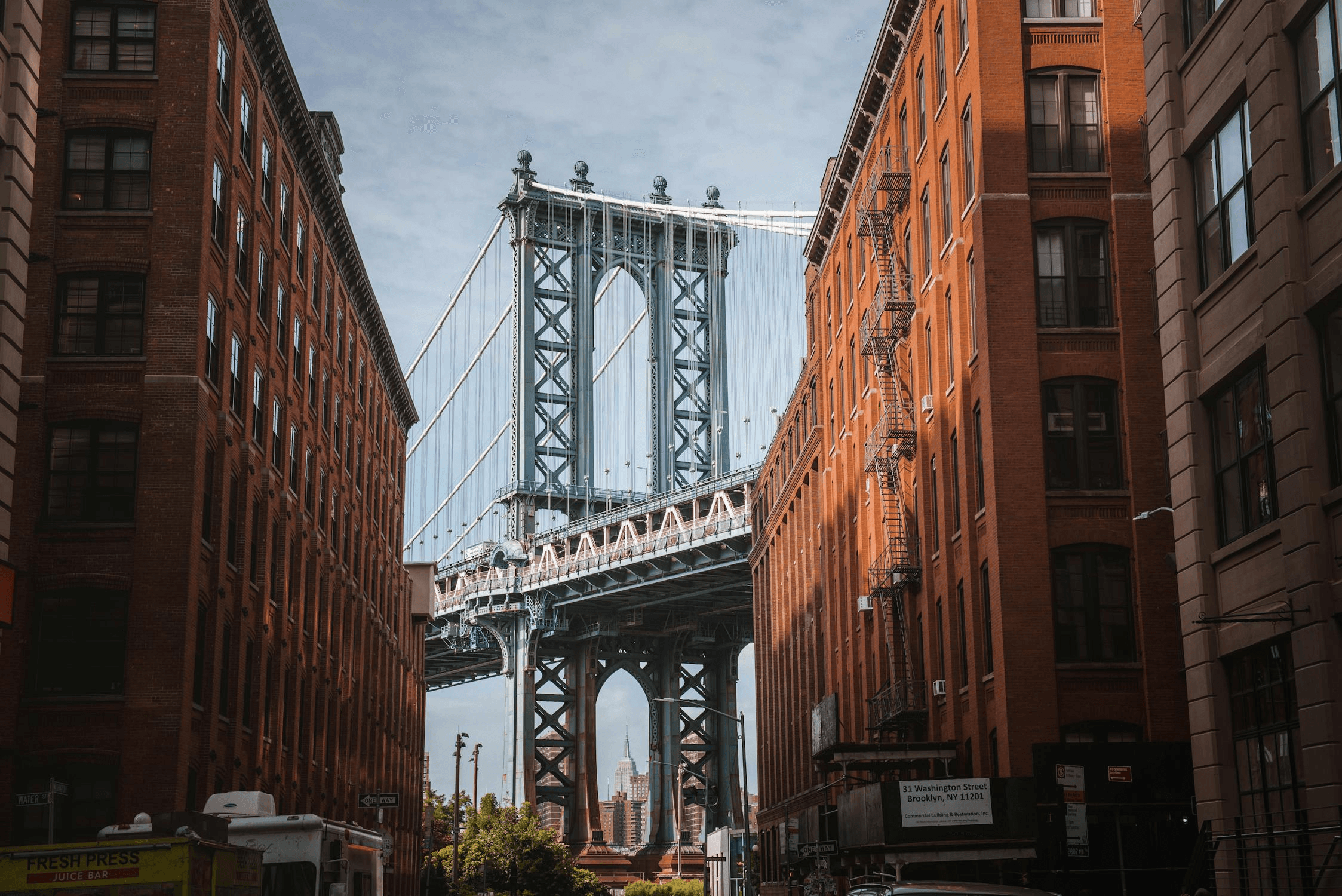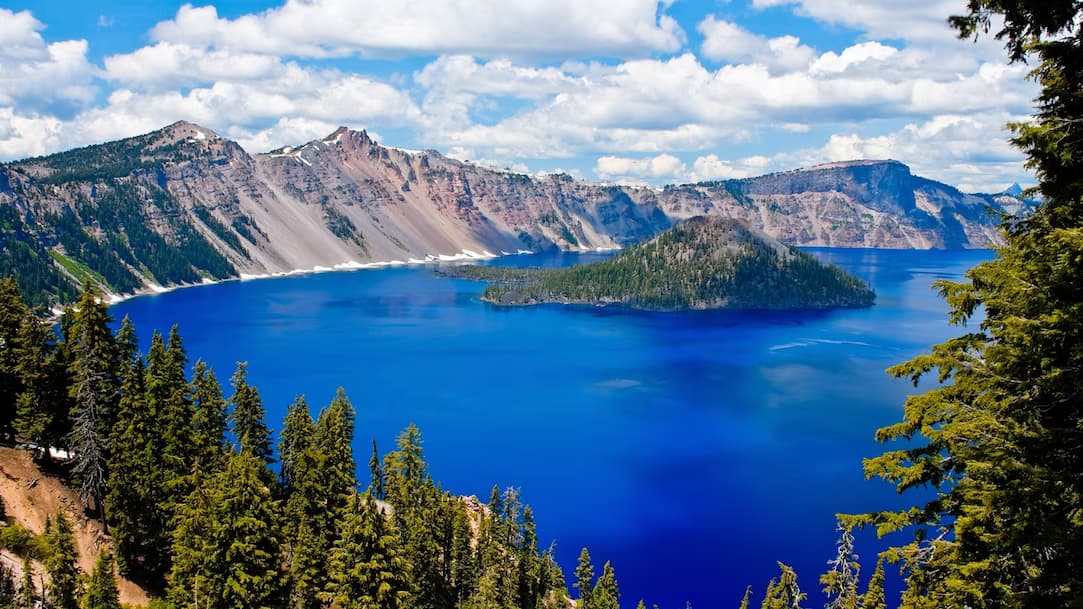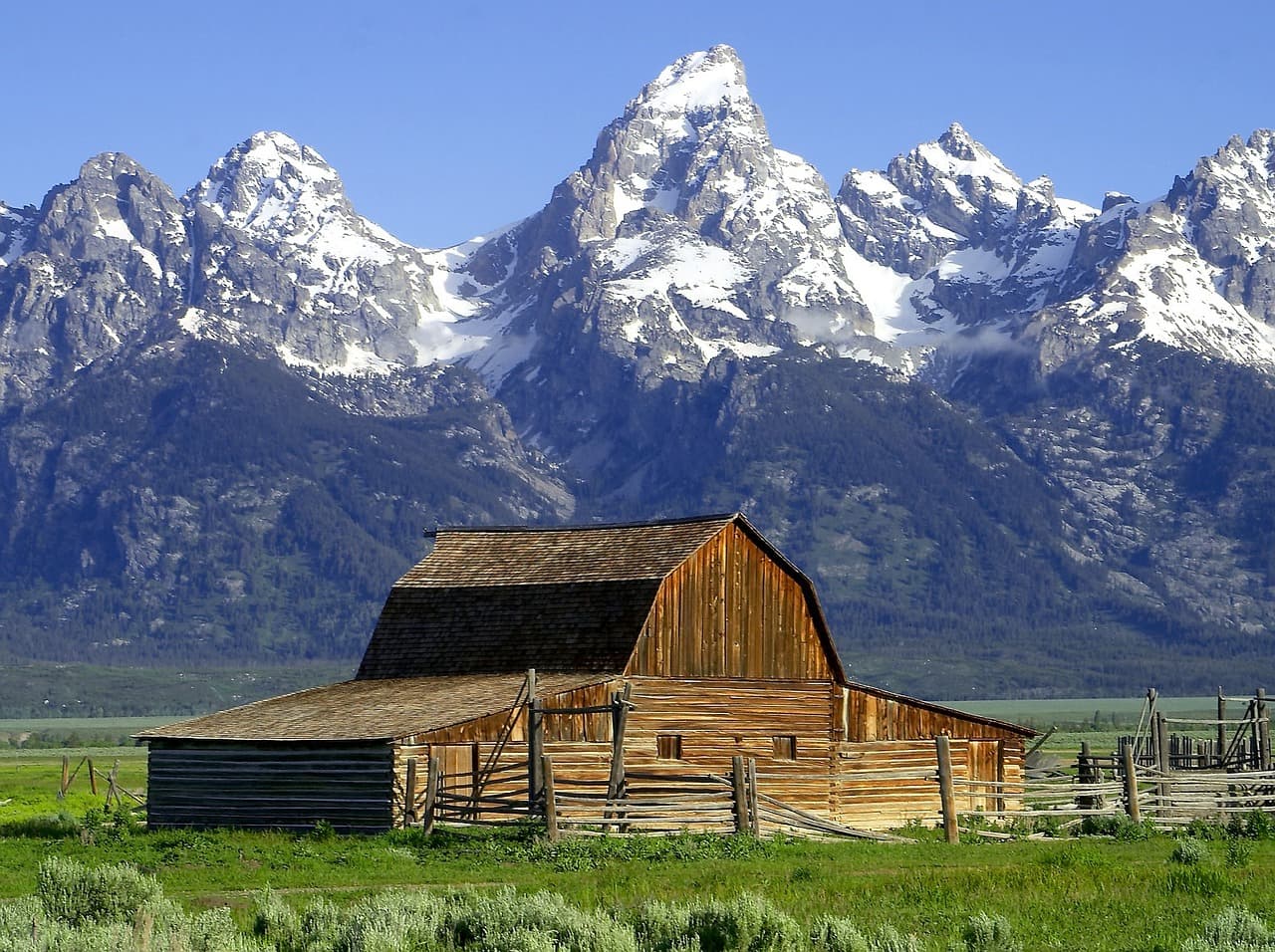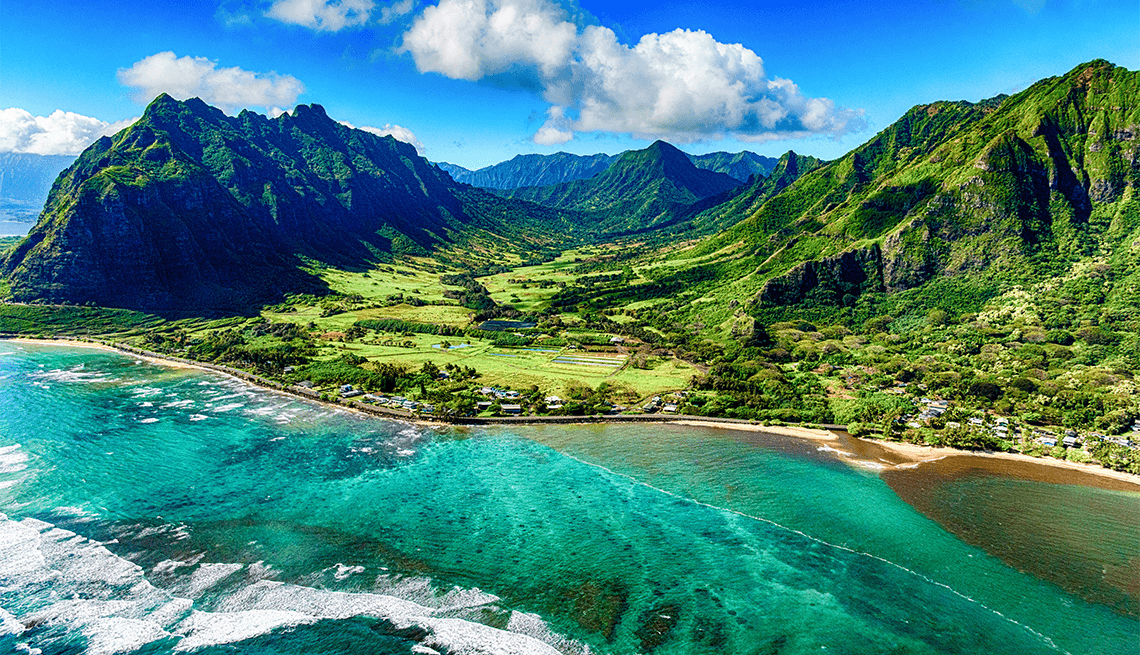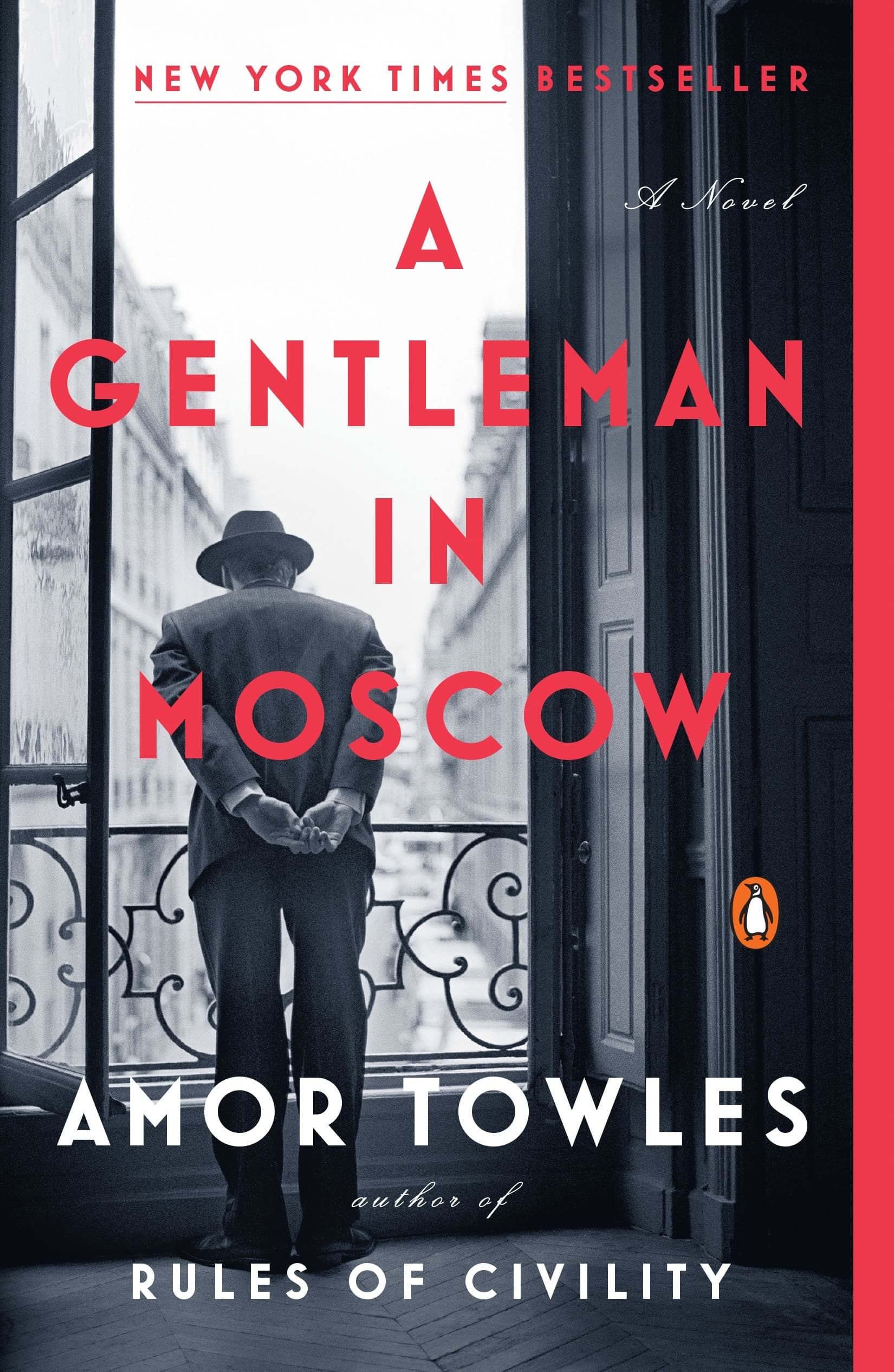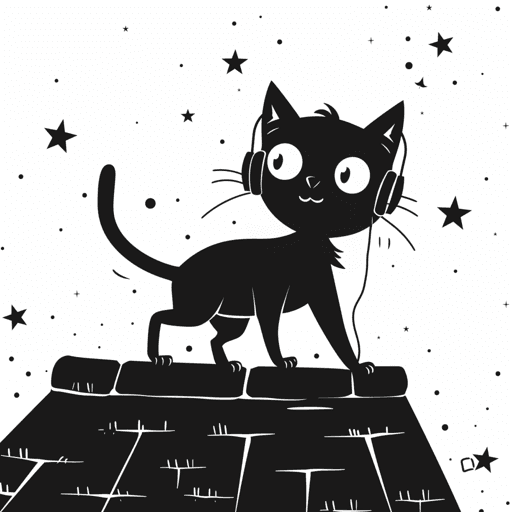Lisbon, Portugal vs. Slovenský raj National Park
Lisbon, Portugal
Lisbon sits on the western edge of Europe, right where the Tagus River meets the Atlantic Ocean. The city is built on a series of hills, which gives it sweeping views of red-tiled rooftops, cobbled streets, and the water beyond. Walking around, you’ll notice how the narrow lanes twist and turn, especially in neighborhoods like Alfama, where clotheslines stretch between buildings and the smell of grilled sardines lingers in the air. It’s a place where old and new blend together. You’ll find trams from the early 20th century rattling through streets, while modern glass buildings rise up in other parts of town. Down by the river, the Belém Tower and Jerónimos Monastery, both from the Age of Discovery, remind you that Portuguese explorers once set out from this very spot. Lisbon gets plenty of sunshine—nearly 3,000 hours a year. Summers are warm and dry, while winters stay cool and damp, but not too cold. Along the riverbanks, locals sit at cafés, sipping coffee or wine, while ferry boat...
Slovenský raj National Park
Slovenský raj National Park is one of Slovakia’s most stunning natural areas. The name means "Slovak Paradise," and it fits—the park is a maze of deep gorges, waterfalls, and dense forests, crisscrossed by ladders, wooden bridges, and chain-assisted pathways that turn hiking into an adventure. If you like nature with a bit of adrenaline, this place is for you. The park is in eastern Slovakia, covering nearly 200 square kilometers of rugged limestone terrain. Over centuries, the Hornád River and its tributaries carved dramatic canyons and ravines into the landscape. The most famous of these is Suchá Belá, a gorge with wooden walkways and metal ladders leading past waterfalls. Prielom Hornádu, a breathtaking river canyon, is another highlight, where hikers traverse cliffside ledges and wade through the river itself. One of the most famous viewpoints is Tomášovský výhľad, a rocky outcrop offering sweeping views over the Hornád valley. Rock climbers love it, but you don’t need ropes...
Reviews
Reviewed on 2/25/2025
I loved the weather and the architecture in Lisbon, and how beautiful and hilly it was. On the other hand, I found the food bland and apparently the locals hate digital nomads?
Reviews
Reviewed on 2/28/2025
| Item | Votes | Upvote |
|---|---|---|
| No pros yet, would you like to add one? | ||
| Item | Votes | Upvote |
|---|---|---|
| No cons yet, would you like to add one? | ||
| Item | Votes | Upvote |
|---|---|---|
| Beautiful | 1 | |
| Great for the adventurous | 1 |
| Item | Votes | Upvote |
|---|---|---|
| Can be scary | 1 |
Frequently Asked Questions
Lisbon offers a mix of urban outdoor activities, such as walking along the river, exploring parks, and enjoying outdoor cafés, but it is primarily a city experience. In contrast, Slovenský raj National Park is designed for adventure seekers, featuring hiking trails with ladders and bridges, stunning gorges, and opportunities for rock climbing and winter sports. If you prefer a more nature-focused adventure, Slovenský raj is the better choice.
Lisbon is known for its vibrant cultural scene, including historic architecture, Fado music, and local festivals, making it a hub for cultural experiences. Slovenský raj National Park, while beautiful and adventurous, is primarily focused on natural landscapes and outdoor activities, lacking the same level of cultural offerings. Therefore, for a richer cultural experience, Lisbon is the superior option.
Lisbon enjoys a Mediterranean climate with nearly 3,000 hours of sunshine per year, making it warm and dry in the summer, which is ideal for outdoor activities. Slovenský raj National Park experiences a more varied climate, with colder winters and potential snowfall, which can limit outdoor activities during that season. Overall, Lisbon's weather is generally more favorable for year-round outdoor enjoyment.
Slovenský raj National Park is a prime destination for wildlife enthusiasts, home to diverse species such as brown bears, wolves, and golden eagles, along with a rich variety of flora and fauna. Lisbon, while having some parks and gardens, does not offer the same level of wildlife viewing opportunities. Therefore, for those interested in wildlife, Slovenský raj is the better choice.
Lisbon, Portugal is known for its stunning views, historic architecture, and vibrant culture. The city is characterized by its red-tiled rooftops, cobbled streets, and a blend of old and new, featuring both traditional trams and modern buildings. Key attractions include the Belém Tower and Jerónimos Monastery, which reflect its rich maritime history. Lisbon also boasts a mild climate, with nearly 3,000 hours of sunshine a year, making it a popular destination for tourists.
Pros of living in Lisbon include its beautiful scenery, rich cultural heritage, and a relaxed lifestyle. The city offers a variety of activities, from enjoying Fado music to exploring vibrant markets. Additionally, Lisbon has a well-connected public transport system, making it easy to navigate. However, cons include rising living costs driven by tourism and expats, and some locals may have negative feelings towards digital nomads, which can affect the sense of community.
Lisbon enjoys a Mediterranean climate with warm, dry summers and cool, damp winters. The city receives nearly 3,000 hours of sunshine annually, making it an attractive destination for those who enjoy sunny weather. Summer temperatures can be quite warm, while winter temperatures remain mild, rarely dropping to extreme lows.
The food scene in Lisbon is diverse and vibrant, featuring a mix of traditional Portuguese dishes and modern culinary influences. While many visitors enjoy the local cuisine, some reviews suggest that certain dishes can be bland. Seafood, particularly grilled sardines, is a highlight, especially during local festivals. However, experiences may vary, and some locals reportedly have mixed feelings about the influx of digital nomads affecting the food culture.
Lisbon offers a rich cultural experience, with Fado music echoing from small bars, vibrant street art, and lively markets filled with fresh produce and seafood. The city celebrates various festivals, such as Saint Anthony’s festival in June, which features street parties, music, and plenty of grilled sardines. Visitors can immerse themselves in the local culture through these experiences, making Lisbon a unique destination.
Slovenský raj National Park, meaning 'Slovak Paradise,' is known for its stunning natural beauty, featuring deep gorges, waterfalls, and dense forests. The park offers adventurous hiking experiences with ladders, wooden bridges, and chain-assisted pathways, making it a popular destination for nature lovers and thrill-seekers.
Pros of visiting Slovenský raj National Park include its beautiful landscapes and the adventurous hiking opportunities it offers. However, a con is that some of the trails can be scary for those who are not accustomed to heights or rugged terrain.
Slovenský raj National Park is home to a diverse range of wildlife, including brown bears, wolves, lynxes, and golden eagles. The park's dense forests and meadows also support rare flowers and one of the highest concentrations of butterflies in Slovakia.
Main attractions in Slovenský raj National Park include the Suchá Belá gorge with its wooden walkways and metal ladders, the breathtaking Prielom Hornádu river canyon, and the famous viewpoint Tomášovský výhľad. Additionally, the UNESCO-listed Dobšinská Ice Cave, known for its massive ice formations, is a must-visit.
The best time to visit Slovenský raj National Park is during the summer months when the weather is ideal for hiking. However, it also attracts visitors in winter when the trails are transformed into cross-country ski routes, offering a different way to experience the park's beauty.
